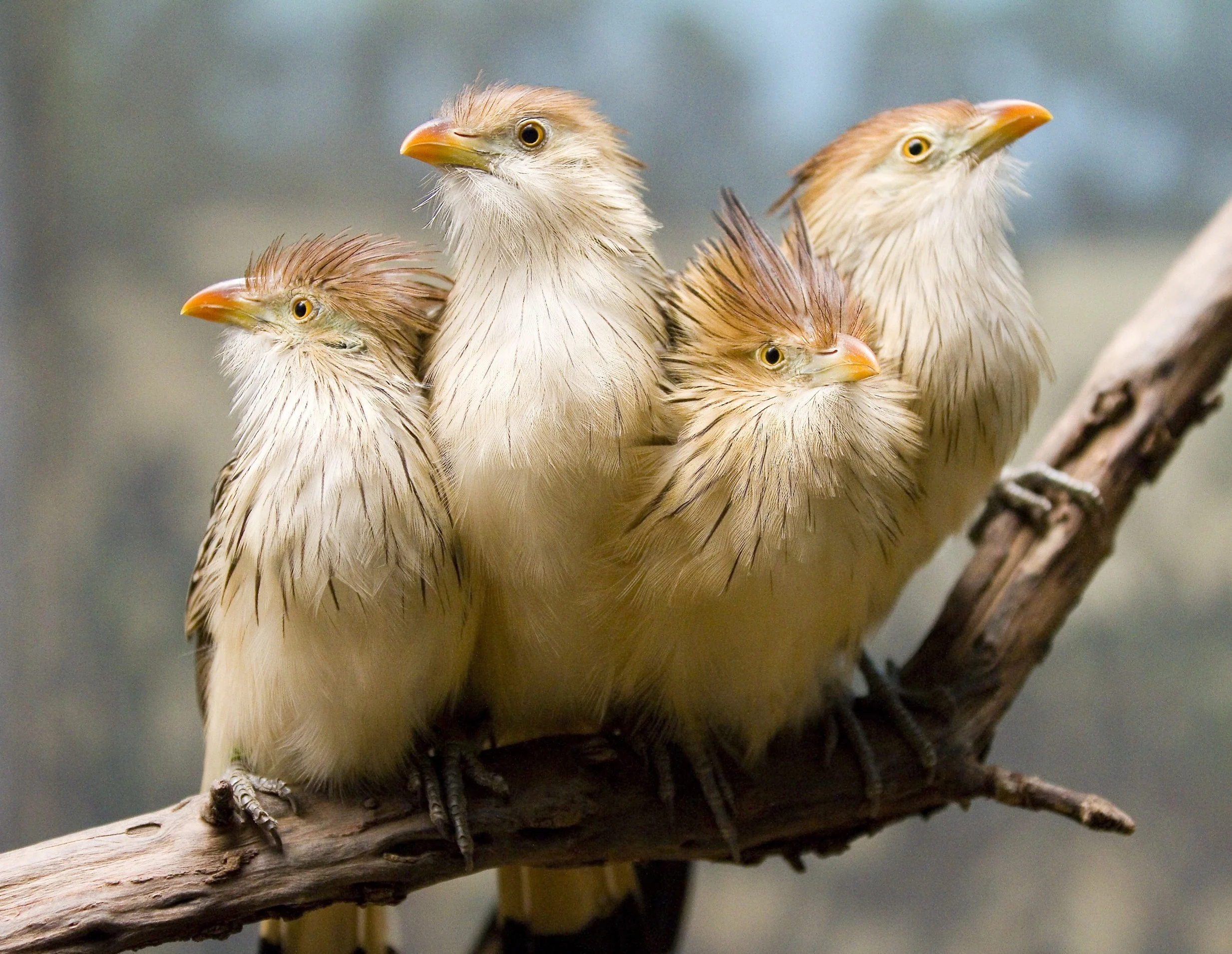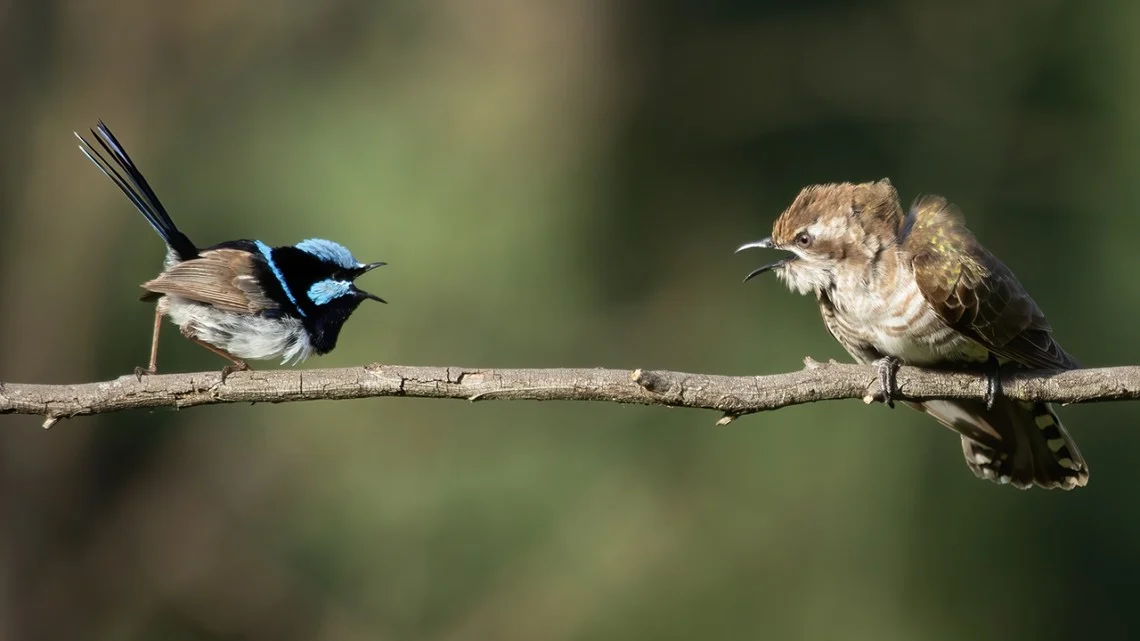A new study reveals over 20 bird species on different continents have independently evolved a nearly identical 'whining' call to warn against nest-invading parasites, blending instinct with social learning.

October 7, 2025

Source:
ScienceDaily
Global Bird Alliance Forms Against Common Threat
Birds across four continents have independently evolved a shared warning cry to defend against a common enemy: brood parasites. According to a study published on October 3, 2025, in Nature Ecology and Evolution, this universal signal demonstrates a rare blend of instinct and social learning.
The research identified a nearly identical “whining” alarm call used by over 20 bird species to alert others to the presence of parasites like cuckoos, which lay their eggs in other birds' nests.
A Shared Vocal Defense
This vocalization functions as an emergency alert. Upon hearing it, birds in the vicinity are prompted to investigate and often collectively "mob" the intruder, driving it away from their nests. The behavior is observed even between species that have never encountered each other before, suggesting a deeply ingrained, shared system of communication.
This phenomenon is most common in regions with high rates of brood parasitism, indicating strong evolutionary pressure for species to cooperate and recognize a mutual threat.
Keep up with the story. Subscribe to the PR+ free daily newsletter

Source:
http://Earth.com
Instinct Meets Social Learning
The study, involving researchers from the Cornell University Lab of Ornithology and Doñana Biological Station, reveals the dual nature of the warning call. While birds have an innate reaction to the sound, they also learn to apply it correctly by observing others.
How the Call Spreads
Instinctive Reaction: Birds instinctively recognize the "whining" sound as a sign of danger.
Social Learning: They learn to associate the call with a specific threat by watching other birds use it in the presence of a parasite.
Cultural Transmission: This social observation allows the meaning and usage of the call to be transmitted through a population.
Convergent Evolution in Action
This shared call is a powerful example of convergent evolution, where different species independently arrive at the same solution to a common problem. Rather than inheriting the call from a common ancestor, these birds developed it separately in response to the persistent threat of nest invasion.
Read More

Source:
Cornell Chronicle - Cornell University
Share this news:




















